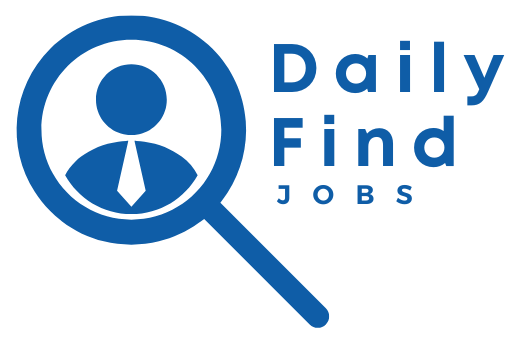Creating an ATS-friendly resume is crucial in today’s job market. With automated systems filtering through applications, understanding how to optimize your resume can make a significant difference. We’ll cover essential tips, from format to keyword usage, that help your resume get noticed.
Understand the Role of ATS
Applicant Tracking Systems (ATS) play a crucial role in hiring processes today. Recruiters use these systems to manage the flood of applications and filter candidates. They scan resumes for keywords that match the job description.
What this means for job seekers:
Crafting an ATS-friendly resume. The software evaluates content based on specific criteria like keywords, formatting, and general structure. For a better chance of advancing, your resume needs to align with not only the job requirements but also the technical standards of ATS. Your formatting should be simple, avoiding headers and footers which can be skipped by these systems. Use bullet points for clarity and to effectively display your accomplishments and experience. The language should be consistent with the job listing, using synonymous terms can prevent filtering. Ensuring your resume is machine-readable doesn’t mean downplaying creativity entirely — just that form should serve function during the first step of recruitment filtering.
Optimize Your Format and Layout
Prioritize Readability
Ensuring your resume is easily readable by both ATS and human eyes is crucial. Use a clear and simple font, such as Arial or Times New Roman, in a size between 10 and 12 points. Avoid using intricate fonts that might not be processed well by ATS.
Keep Consistent Formatting
Consistency in formatting enhances the readability of your resume. Align all text to the left and maintain uniform margins. Use bullet points for lists to present information clearly and concisely.
Use Standard Headings
ATS are programmed to recognize standard headings, so make sure to use typical titles like ‘Experience’, ‘Education’, and ‘Skills’. A consistent heading style improves both human and ATS readability.
Avoid Graphics and Tables
While tables and graphics might look appealing, they can be tricky for ATS to parse. Stick to a simple text-based format to ensure all your information is read accurately.
Choose File Formats Wisely
For the best compatibility with ATS, save your resume in .docx or PDF format. These formats are generally preferred as they maintain the layout integrity across different systems.
Use Relevant Keywords
In crafting an ATS-friendly resume, the judicious use of relevant keywords can significantly enhance your visibility to automated systems. ATS, short for Applicant Tracking Systems, parse resumes by scanning them for specific terms that match a job description. Ensuring that your resume is rich with such keywords can propel you ahead in the hiring process.
Understand Job Descriptions
When tailoring your resume, first delve into the job description. Extract terms and phrases that recur, such as job titles, skills, and industry jargon. These are your guiding stars when injecting relevant keywords. For example, if a posting emphasizes “project management” and “team leadership”, embed these expressions naturally into your experience summaries.
Meditate on Soft and Hard Skills
Beyond technical expertise, emphasize soft skills that frequently surface in descriptions, like “communication” or “problem solving.” However, balance is key. Overloading your resume with keywords without context can trigger alarms for both the ATS and human recruiters.
Leverage Synonyms and Variations
Utilize synonyms to ensure you cover all potential searches. For instance, “customer support” and “customer service” might be used interchangeably, and having both can enhance your match with diverse variations in job descriptions.
Positioning Matters
Strategically place keywords in sections like the professional summary, work experience, and skills list. These areas are typically scanned with greater scrutiny both by ATS and hiring managers. Be consistent with the language used; mirroring the job description’s terminology enhances compatibility.
Avoid Common Mistakes
Errors in resume crafting can hinder your job application from progressing. One significant mistake is using complex graphics and charts. These elements might make your resume visually appealing, but ATS software often struggles to interpret them. Instead, focus on a clean design that the software can easily process.
Another common oversight is submitting files in non-standard formats. Stick to widely accepted file types like .docx or .pdf that are compatible with most ATS systems. Custom fonts can also present an issue, so it’s best to use generic fonts like Arial or Times New Roman for consistency.
A void in specific, action-oriented language can diminish the impact of your achievements. Employers and ATS systems alike favor resumes that clearly convey accomplishments. Use clear, active verbs to describe your roles and successes.
It’s also critical to tailor each resume for the job application. Generic resumes won’t perform well under ATS scrutiny. Align the terminology and requirements in the job posting with those on your resume. This increases the chances of your application being flagged as a suitable match.
Lastly, proofread meticulously to eliminate any spelling or grammatical errors. Simple mistakes can create an impression of carelessness and lack of attention to detail. Consider asking a friend or using a tool to review your resume for any overlooked errors.

